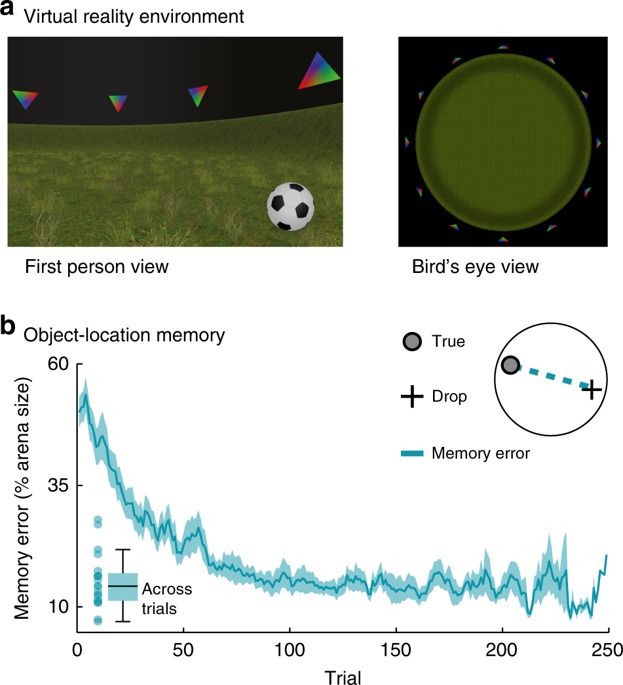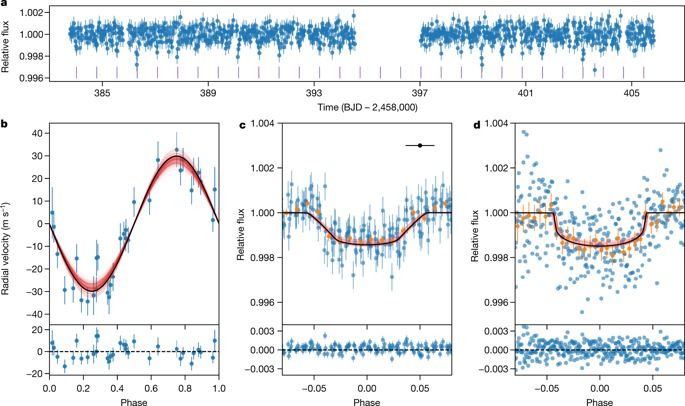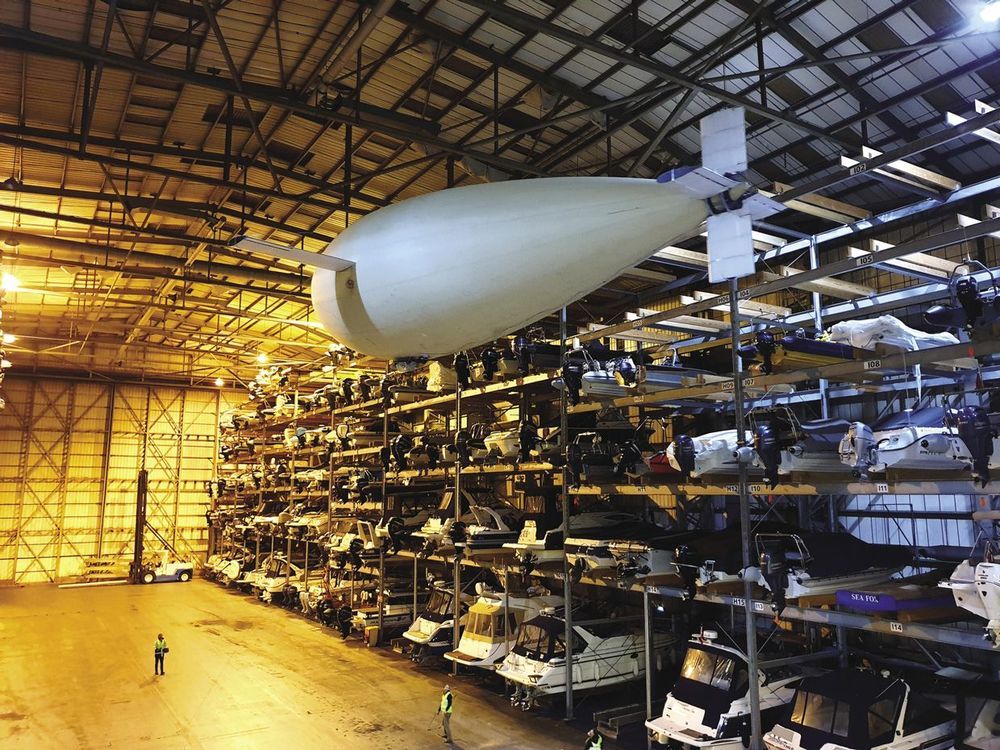Page 6396
Jul 5, 2020
A biohybrid synapse with neurotransmitter-mediated plasticity
Posted by Saúl Morales Rodriguéz in categories: biological, chemistry, robotics/AI, sustainability
Brain-inspired computing paradigms have led to substantial advances in the automation of visual and linguistic tasks by emulating the distributed information processing of biological systems. The similarity between artificial neural networks (ANNs) and biological systems has inspired ANN implementation in biomedical interfaces including prosthetics and brain-machine interfaces. While promising, these implementations rely on software to run ANN algorithms. Ultimately, it is desirable to build hardware ANNs that can both directly interface with living tissue and adapt based on biofeedback. The first essential step towards biologically integrated neuromorphic systems is to achieve synaptic conditioning based on biochemical signalling activity. Here, we directly couple an organic neuromorphic device with dopaminergic cells to constitute a biohybrid synapse with neurotransmitter-mediated synaptic plasticity. By mimicking the dopamine recycling machinery of the synaptic cleft, we demonstrate both long-term conditioning and recovery of the synaptic weight, paving the way towards combining artificial neuromorphic systems with biological neural networks.
Jul 5, 2020
Behavior-dependent directional tuning in the human visual-navigation network
Posted by Saúl Morales Rodriguéz in category: neuroscience
The brain derives cognitive maps from sensory experience that guide memory formation and behavior. Despite extensive efforts, it still remains unclear how the underlying population activity unfolds during spatial navigation and how it relates to memory performance. To examine these processes, we combined 7T-fMRI with a kernel-based encoding model of virtual navigation to map world-centered directional tuning across the human cortex. First, we present an in-depth analysis of directional tuning in visual, retrosplenial, parahippocampal and medial temporal cortices. Second, we show that tuning strength, width and topology of this directional code during memory-guided navigation depend on successful encoding of the environment. Finally, we show that participants’ locomotory state influences this tuning in sensory and mnemonic regions such as the hippocampus. We demonstrate a direct link between neural population tuning and human cognition, where high-level memory processing interacts with network-wide visuospatial coding in the service of behavior.
Jul 5, 2020
A remnant planetary core in the hot-Neptune desert
Posted by Saúl Morales Rodriguéz in category: space
The interiors of giant planets remain poorly understood. Even for the planets in the Solar System, difficulties in observation lead to large uncertainties in the properties of planetary cores. Exoplanets that have undergone rare evolutionary processes provide a route to understanding planetary interiors. Planets found in and near the typically barren hot-Neptune ‘desert’1,2 (a region in mass–radius space that contains few planets) have proved to be particularly valuable in this regard. These planets include HD149026b3, which is thought to have an unusually massive core, and recent discoveries such as LTT9779b4 and NGTS-4b5, on which photoevaporation has removed a substantial part of their outer atmospheres. Here we report observations of the planet TOI-849b, which has a radius smaller than Neptune’s but an anomalously large mass of \(39.1{\,}_{-2.6}^{+2.7}\) Earth masses and a density of \(5.2{\,}_{-0.8}^{+0.7}\) grams per cubic centimetre, similar to Earth’s. Interior-structure models suggest that any gaseous envelope of pure hydrogen and helium consists of no more than \({3.9}_{-0.9}^{+0.8}\) per cent of the total planetary mass. The planet could have been a gas giant before undergoing extreme mass loss via thermal self-disruption or giant planet collisions, or it could have avoided substantial gas accretion, perhaps through gap opening or late formation6. Although photoevaporation rates cannot account for the mass loss required to reduce a Jupiter-like gas giant, they can remove a small (a few Earth masses) hydrogen and helium envelope on timescales of several billion years, implying that any remaining atmosphere on TOI-849b is likely to be enriched by water or other volatiles from the planetary interior. We conclude that TOI-849b is the remnant core of a giant planet.
Jul 5, 2020
Safety for robots in manufacturing comes from advanced vision
Posted by Genevieve Klien in category: robotics/AI
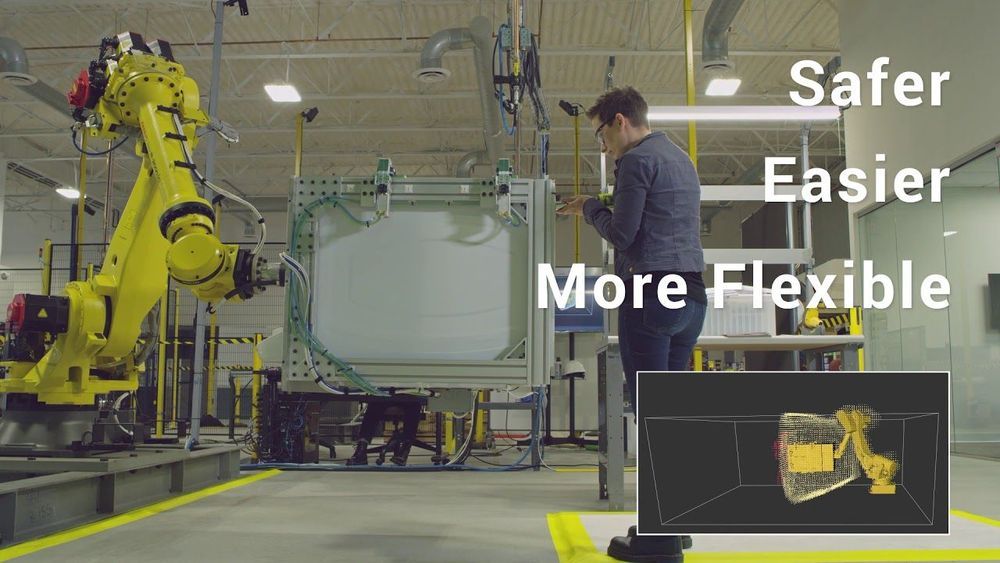
FreeMove is a vision-based safety system. Source: Veo Robotics.
Vision systems have been employed in manufacturing for parts inspection, parts alignment, quality control, part identification, and part picking for many years. Now, new vision technology helps provide safety for industrial robots to work alongside humans.
Continue reading “Safety for robots in manufacturing comes from advanced vision” »
Jul 5, 2020
A sugary diet changes gut bacteria and worsens brain function in rats
Posted by Genevieve Klien in categories: biotech/medical, neuroscience
Rats fed a sugar syrup early in life develop an unusual gut microbiome that seems to worsen the rodents’ memories by changing the way their brains work.
Jul 5, 2020
Rocket Motors for First NASA Artemis Moon Mission Arrive at Spaceport
Posted by Alberto Lao in category: space travel
The NASA’s Space Launch System rocket booster segments that will help power NASAs first #Artemis mission around the Moon are getting ready for launch. NASA’s Exploration Ground Systems team is prepping them for assembly and integration activities ahead of stacking with the rocket: http://go.nasa.gov/3d9M6F7
The rocket booster segments that will help power NASA’s first Artemis flight test mission around the Moon arrived at the agency’s Kennedy Space Center in Florida on Monday for launch preparations.
All 10 segments for the inaugural flight of NASA’s first Space Launch System (SLS) rocket and Orion spacecraft were shipped by train from Promontory, Utah. The 10-day, cross-country journey is an important milestone toward the first launch for NASA’s Artemis program.
Continue reading “Rocket Motors for First NASA Artemis Moon Mission Arrive at Spaceport” »
Jul 4, 2020
The World’s Smallest Nuke- Detonation Clip
Posted by Quinn Sena in categories: military, nuclear weapons
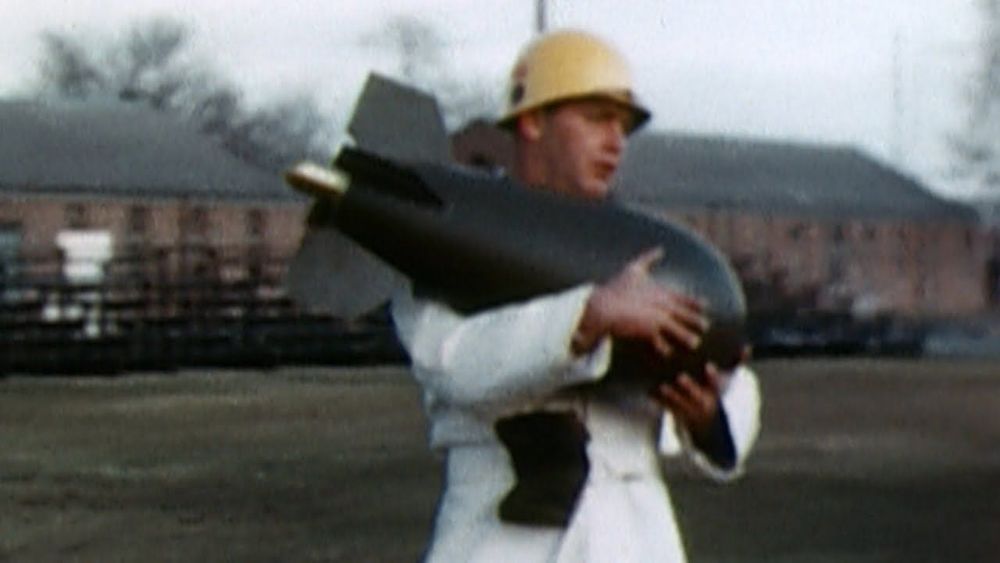
Many say that the Cold War didn’t accomplish anything but it did heat up the world of weapon development. The United States and Communist Russia went head to head in the race to develop the most powerful nuclear weapon. However, sometimes the most powerful weapon is not the most efficient one, so the United States took a different approach.
The result was the development of a small, powerful, portable nuclear warhead, the W54. The small nuke earned the nickname “Davey Crockett” was intended for by ground troops and operated via rocket launcher.
Continue reading “The World’s Smallest Nuke- Detonation Clip” »
Jul 4, 2020
No Propeller? No Problem. This Blimp Flies on Buoyancy Alone
Posted by Quinn Sena in categories: energy, transportation
On a cold March night last year in Portsmouth, England, an entirely new type of aircraft flew for the first time, along a dimly lit 120-meter corridor in a cavernous building once used to build minesweepers for the Royal Navy.
This is the Phoenix, an uncrewed blimp that has no engines but propels itself forward by varying its buoyancy and its orientation. The prototype measures 15 meters in length, 10.5 meters in wingspan, and when fully loaded weighs 150 kilograms (330 pounds). It flew over the full length of the building, each flight requiring it to undulate up and down about five times.
Flying in this strange way has advantages. For one, it demands very little energy, allowing the craft to be used for long-duration missions. Also, it dispenses with whirring rotors and compressor blades and violent exhaust streams—all potentially dangerous to people or objects on the ground and even in the air. Finally, it’s cool: an airship that moves like a sea creature.
Jul 4, 2020
Elon Musk accepts Oklahoma Gov. invite, visits site of proposed Tesla factory in Tulsa
Posted by Genevieve Klien in categories: Elon Musk, government, policy, sustainability, transportation
On Friday afternoon, Tesla CEO Elon Musk and Director of Policy and Government Affairs Craig Hulse landed in Tulsa, OK, for a meeting with local officials. Musk’s trip comes amidst Tesla’s highly anticipated announcement about the site of the Cybertruck Gigafactory, the electric car maker’s upcoming manufacturing plant for its unique all-electric pickup.
Musk and Hulse were welcomed by Gov. Kevin Stitt and Secretary of Commerce Sean Kouplen, as well as the property owner of a plot of land that the city is offering to the electric car maker. Images shared by the Gov. Stitt show Musk and local officials conversing in the middle of a massive plot of land. The meetup seemed to be private and simple, though the governor highlighted that he still believes that Tulsa is the perfect place for Tesla’s next vehicle production plant.


